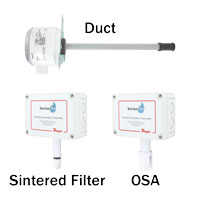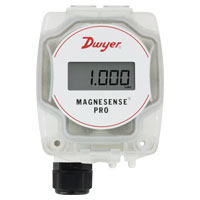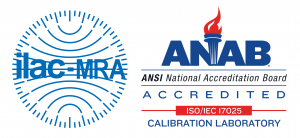 The White House “Clean Air in Buildings Challenge” is a key component to safeguarding our futures as we return to a post COVID-19 world; one where we have the health and safety of building occupants, workers, and children at the forefront of our concerns. Let Dwyer Instruments, LLC be your solution to take these guidelines from plans to actions with our inclusive product offering highlighted in our Focus on the Future: Health and Safety Portfolio. Our curated list of products are ready to ship and are designed to maximize your budget while putting into practice the Clean Air Buildings Challenge action items:
The White House “Clean Air in Buildings Challenge” is a key component to safeguarding our futures as we return to a post COVID-19 world; one where we have the health and safety of building occupants, workers, and children at the forefront of our concerns. Let Dwyer Instruments, LLC be your solution to take these guidelines from plans to actions with our inclusive product offering highlighted in our Focus on the Future: Health and Safety Portfolio. Our curated list of products are ready to ship and are designed to maximize your budget while putting into practice the Clean Air Buildings Challenge action items:
Create a clean indoor air action plan that assesses indoor air quality, plans for upgrades and improvements, and includes HVAC inspections and maintenance
The first step in creating an action plan is understanding the current air flow and air quality. Dwyer’s line of test equipment such as the Series SAH Smart Air Hood® Balancing Instrument can help you validate proper airflow to each space and balance the building. Additionally, our other more permanent air flow sensors such as the Series AVUL Air Velocity Transmitters to ensure adequate air flow continues to the spaces that most require it.
Optimize fresh air ventilation by bringing in and circulating clean outdoor air indoors

Bringing in more fresh air is only half the work. Our RHP Series transmitters can be used to measure the temperature and humidity outdoors (-O/R models) so you can maximize free cooling through the use of economizers when outdoor conditions are favorable. Other sensors such as the CDSN Series can help identify room occupancy via CO2 levels to determine where the increased circulation is needed most. Our expert IAQ line saves time and money in helping you understand your building and its occupants’ comfort levels.
Enhance air filtration and cleaning using the central HVAC system and in-room air cleaning devices

More filtration means increased differential pressure across the building’s filters. The Series MSX or MSX Pro Magnesense® Differential Pressure Transmitters can provide filter monitoring in air handler units while the Dwyer Series DM and Series RSME are able to address local negative or positive room pressures in places such as isolation rooms, nurses offices, or other places where room pressure needs to be closely monitored.
Engage the building community by communicating with building occupants to increase awareness, commitment, and participation.
 Once your solutions are in place, maintenance to keep them accurate and operational is key to reaping the rewards of your expenditures! Dwyer Calibration Services are available with our ANSI National Accredited lab that meets the requirements of ISO/IEC 17025:2017 for select calibration services.
Once your solutions are in place, maintenance to keep them accurate and operational is key to reaping the rewards of your expenditures! Dwyer Calibration Services are available with our ANSI National Accredited lab that meets the requirements of ISO/IEC 17025:2017 for select calibration services.
Understanding that some of these improvements come at a significant cost, depending on the amount of improvements required or the age of a building’s HVAC system, the EPA and the White House have implemented funding through the American Rescue Plan and Bipartisan Infrastructure Law to be used for ventilation and IAQ improvements in public settings. Additionally, an Elementary and Secondary Emergency Relief Fund has been specifically allotted for HVAC and IAQ improvements in our schools.
Our expertise in the Building HVAC field can help you select the correct product from our full range of HVAC and IAQ products to meet the Clean Air Building Challenge. If you have any questions about selecting products for your application, the Dwyer Applications Engineers are available to assist by phone at (219) 879-8868 x6402, or by email at tech@dwyermail.com.
To learn more about the Clean Air Building Challenge, please read our previous blog article here.
REFERENCES
- “Clean Air in Buildings Challenge: Guidance to Help Building Owners and Operators Improve Indoor Air Quality and Protect Public Health.” EPA, Environmental Protection Agency, Mar. 2022, https://www.epa.gov/indoor-air-quality-iaq/clean-air-buildings-challenge.
